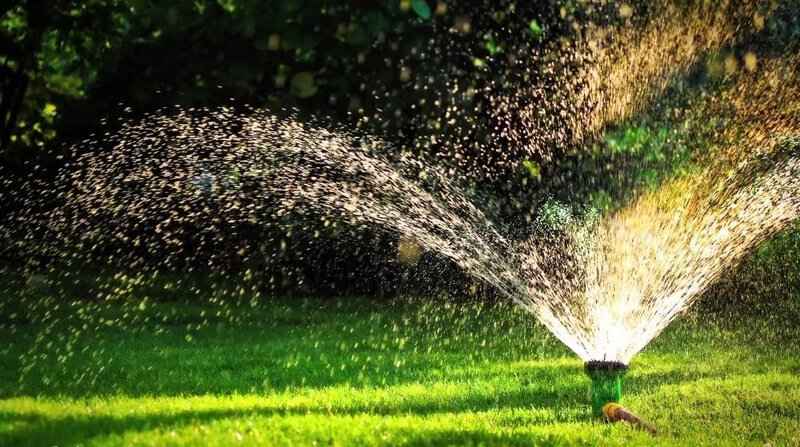Summer is the time for enjoying your lawn and garden. Spending time outside with friends, family and pets is one of the most rewarding parts of gardening.
If you took care of your lawn in spring, by applying fertilizing and tending to weeds, it should be ready to go come summertime. But summers are tough on any type of grass because temperatures rise while there’s not much rain around. And since people spend more time outdoors, they’re constantly walking on their lawns which can cause wear and tear.
Well fear not, we’ve produced a handy guide on how you can ensure your garden continues to look great through summer.
When Should I Start Summer Lawn Maintenance?
The start of the summer lawn maintenance season is usually marked by June.
Hopefully, your spring gardening jobs went well and you have seen good grass growth with winter fully behind us. If your lawn was in bad shape coming out of the winter and you didn’t fix any of the issues, then it probably won’t improve over these next few months as we move into fall when growing conditions are at their best.
You might as well wait until autumn to resolve any issues where there will be less heat stress on your lawn and plants.
Lawn Care Jobs for Summer
Caring for your lawn in the summer isn’t difficult. Here’s what you need to do to keep it looking its best!
Keep Mowing the Lawn
A well-maintained lawn will be lush and green in the summer months. While grass growth typically slows down during this time, it is important to keep cutting regularly so that your lawns remains healthy all year long.
Set up a regular schedule of mowing every 10 days or so instead of every 5-7 like you would in springtime. Never cut off more than one third of the total height of your lawn: cutting too short can shock the plant which may cause it to go dormant or even kill it.
If you have a mulching mower or your lawn mower can mulch, then collect grass clippings and mulch them back into the lawn. This will keep all those nutrients and moisture in place for later consumption by the grass.
Kill Any Weeds with a Spot Spray Weed Killer
Your lawn should be relatively weed-free if you treated it with a selective concentrate in the spring. And though there are plenty of weed seeds floating around in summer, weekly inspection can help keep any weed growth under control.
Use a spray on weed killer for any weeds that sprout or try using extractor tools on stubborn plants such as dandelions – just make sure to remove their roots so they don’t grow back.
Best Lawn Weed Killer: How to Kill the Weeds But Not the Grass
Apply a Summer Lawn Feed
Apply a granular fertilizer 3 months after applying spring lawn feed.
For example, if you applied your spring feed at the beginning or end of April then wait until the middle of July. You can also apply liquid feeds as a boost if required.
Apply your fertiliser and then water it in.
When the weather is hot and dry during summer months there isn’t any point in applying high nitrogen content feeds which can scorch grass when conditions are too harsh for growth. If the temperature outside has been consistently over 30 degrees Celsius then don’t apply anything.
Best Lawn Feed: Reviews of Popular Products & Complete Buyers Guide
Water the Lawn, Weekly, If Needed
If you want your lawn to stay as healthy as possible, it needs about an inch of water a week.
You should turn the sprinklers on if there hasn’t been any rain for two weeks or more (if the grass is still green) and water in the early morning until there’s at least an inch depth per area being watered.
If your lawn has turned brown it is lying dormant. It will come back to life in autumn when rain returns.
My dog is a girl and she loves to pee on my lawn. I spray that area with water to prevent the grass from turning brown.

Final Verdict
Summer lawn care should be pretty easy if you completed the jobs that needed doing in the spring.
Now’s your time to enjoy a nicely manicured lawn while just giving it a little love with basic tasks like mowing and watering.